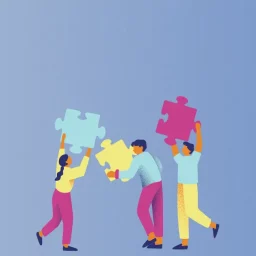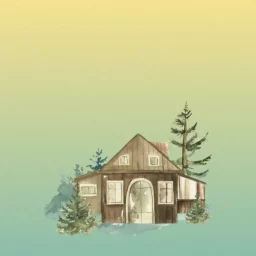We have all heard the rhyme, “Leaves of three, let them be!”.
Did you know that poison ivy, poison oak, and poison sumac all contain the same rash-causing substance? That substance is called urushiol, a colourless, odourless oil found in the leaves of plants.
Poison ivy, poison oak, and poison sumac all cause skin rashes in humans (dermatitis) from the urushiol in their sap. It is the oil from the leaves of these plants that causes an allergic reaction. If exposed, typically, skin becomes red, itchy, and swollen and blisters will appear. After a few days, the blisters may become crusty and start to flake off. The rash takes 1 to 2 weeks to heal.
Where can poison ivy plants be found?
Poison ivy can grow anywhere — from the woods to your backyard. It is also hard to identify: The green leaves of poison plants blend in with other plants and brush. There are also several types of poisonous ivy, and each one can look different depending on the time of year. When in doubt, avoid touching an unknown plant until it has been clearly identified. Did you also know that poison ivy is found in every province except for Newfoundland?
Poison Ivy prevention:
- Learn how to identify the poisonous plants so you can steer clear of them- they should be especially careful of plants if the leaves look shiny.
- Have your children avoid areas where you know there’s poison ivy.
- Wear long sleeves and long pants when in areas where poison ivy might grow.
- If your dog has been out exploring the woods, give him or her a bath to wash off any urushiol oil that may be on their coat.
- If your little ones come into contact with urushiol oil, help them thoroughly scrub their skin right away with soap to prevent an allergic reaction.
What to do if you come into contact with poison ivy?
- Immediately rinse your skin with lukewarm, soapy water. If not washed off, the oil can spread from person to person and to other areas of your body.
- Wash your clothing. Thoroughly wash all of the clothes you were wearing when you came into contact with the poisonous plant. The oil can stick to clothing, and if it touches your skin, it can cause another rash.
- Wash everything that may have oil on its surface with warm, soapy water. The oil from poison ivy, oak, and sumac can stick to surfaces including gardening tools, golf clubs, and pet leashes.
- Leave blisters alone. Do not scratch, as scratching can cause an infection.
How to relieve the itch?
- Take short, lukewarm baths in colloidal oatmeal soap or bath lotion. You can also draw a bath and add one cup of baking soda to the running water.
- Apply calamine lotion.
- Apply cool compresses.
Remember to stay clear of unknown plants this summer to enjoy your outdoor activities to the fullest! For more tips and tricks on health and wellness follow us on Instagram and Facebook for the latest news and blog posts.
For more information or to book an appointment with one of our chiropractors, physiotherapists or massage therapists, visit our clinic websites at Curavita Byward and Curavita Glebe.
















